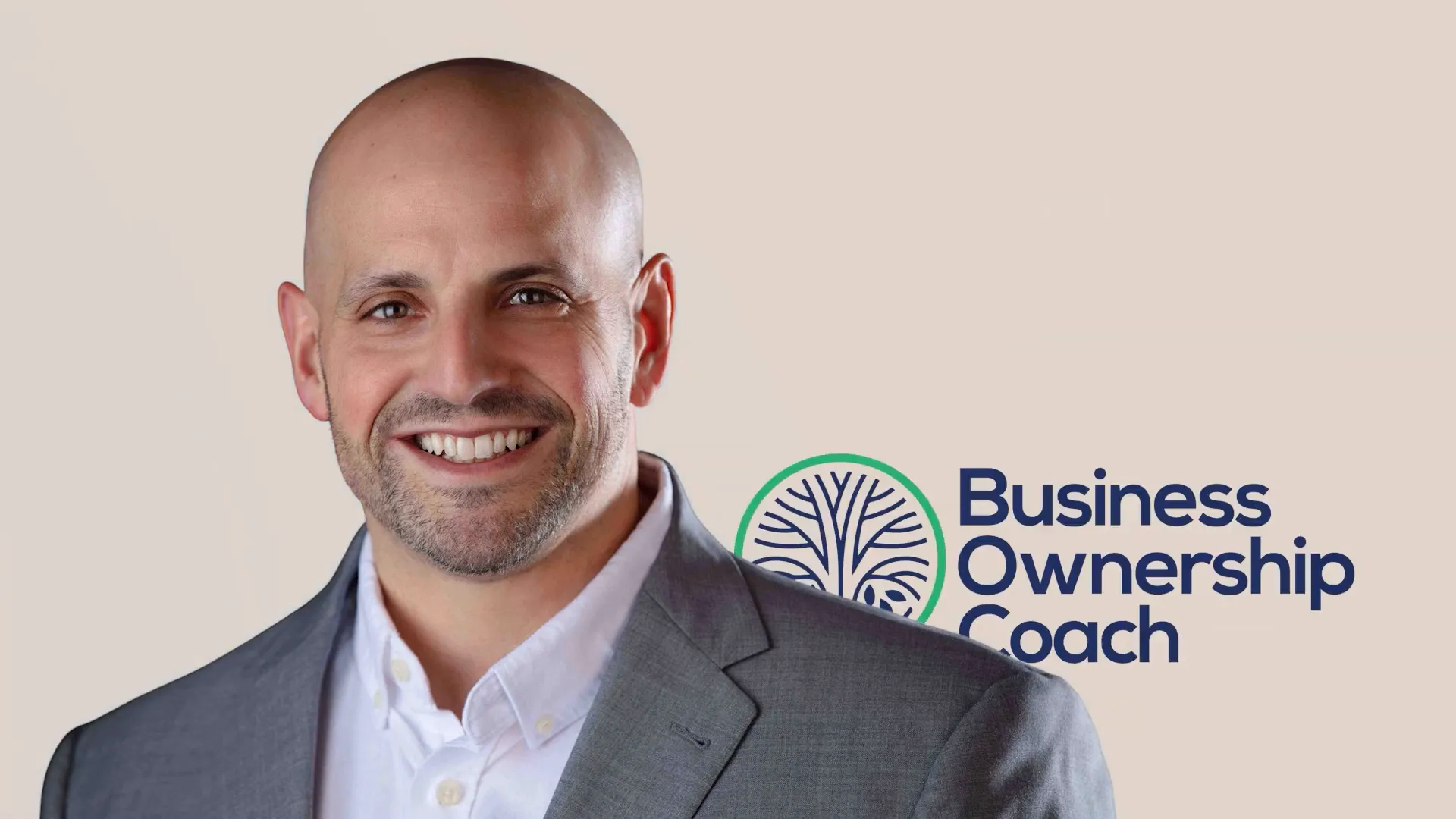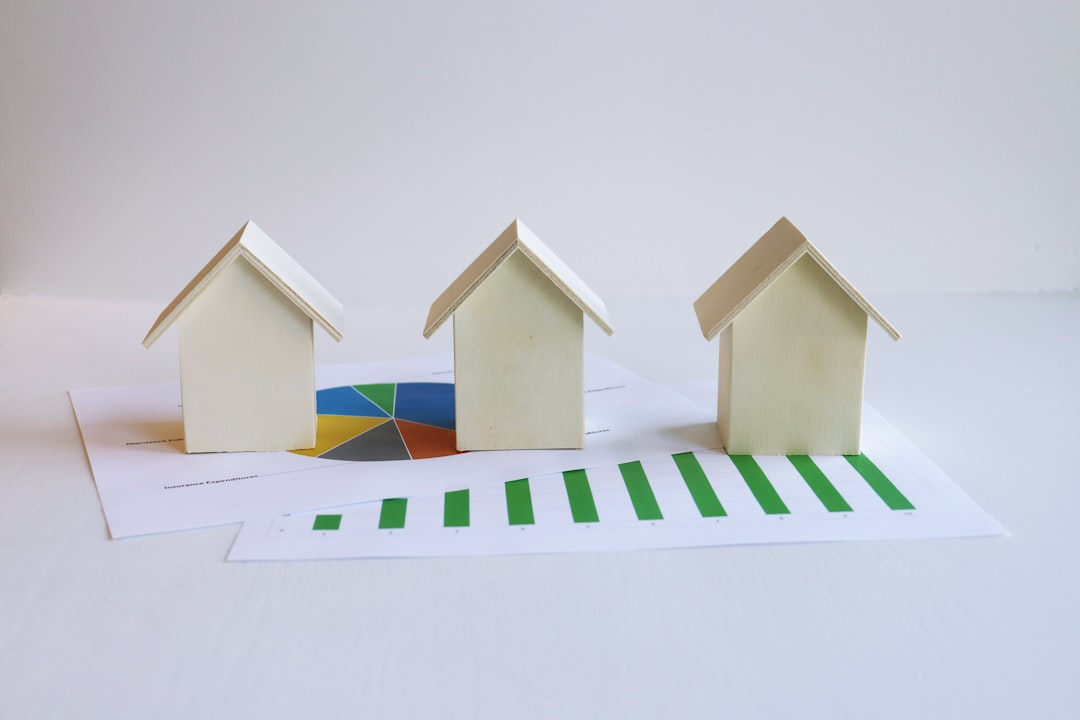With over 20 years in the lending industry, I’ve helped numerous business owners structure deals that maximize leverage and minimize out-of-pocket expenses. Let me walk you through how this SBA loan strategy works, what types of businesses qualify, and the incredible benefits you can gain by owning both the business and the building.
Understanding the Dual Acquisition Strategy: Business and Real Estate in One Deal
When you buy an existing commercial building along with your business, you can finance both assets with a single SBA loan — provided your business occupies at least 51% of the property. This means you don’t have to settle for just owning the business; you can also own the building it operates in. The rest of the space, up to 49%, can be leased out to other tenants, helping you generate additional income that can offset your loan payments.
This is a win-win situation. You get the stability and appreciation potential of owning real estate, plus the cash flow and operational control of the business itself. More importantly, this strategy often requires very little money out of pocket, thanks to the financing flexibility SBA loans provide.
When Can You Finance Both Business and Real Estate Together?
Typically, when a business buyer is evaluating an acquisition opportunity, they might also consider purchasing the real estate if it’s available. If the real estate component of the purchase price accounts for 51% or more of the total, it qualifies for a longer loan amortization period — up to 25 years — compared to the standard 10 years for business-only loans.
This longer amortization means lower monthly payments, which improves cash flow and makes it easier to qualify for the loan. We usually analyze the deal carefully to see if this dual acquisition makes financial sense. The real estate portion is often separated in the purchase and sale agreement, which helps structure the loan properly.
Comparing SBA 7(a) and SBA 504 Loans for Dual Acquisitions
There are two SBA loan programs commonly used to finance business and real estate acquisitions: SBA 7(a) and SBA 504. Each has its advantages, and choosing the right one depends on your specific deal and goals.
- SBA 7(a) Loan: This is the most flexible SBA loan and can finance both business and real estate together if the real estate portion is at least 51% of the total purchase price. It allows up to 25-year amortization, which helps lower monthly payments. The application process is often quicker and simpler.
- SBA 504 Loan: This program is designed specifically for commercial real estate purchases and major fixed assets. It typically pairs with a 7(a) loan used solely for the business acquisition, creating a side-by-side financing structure. The 504 loan often offers lower interest rates and longer terms on the real estate component but requires working with a Certified Development Company (CDC).
We usually run a side-by-side analysis to determine which structure makes the most sense financially. In many cases, a single 7(a) loan covering both business and real estate is the easier and more streamlined option. However, the 504 loan can be advantageous if you want to lock in favorable commercial real estate financing terms.
Down Payment and Financing Flexibility
One of the most attractive features of this SBA loan strategy is the low down payment requirement. If the business is cash-flowing and can support the loan payments, SBA lenders typically require only 10% equity injection on the total project cost. Sometimes, the seller may even carry 5% of that equity, allowing you to come in with as little as 5% of your own money.
This high leverage means you can acquire a business and its real estate with minimal upfront capital. The key metric lenders look at is the Debt Service Coverage Ratio (DSCR), which measures the business’s ability to cover the loan payments. A DSCR of 1.15 or higher is generally considered acceptable, meaning the business generates at least 15% more cash flow than the debt obligations.
Eligible Businesses and Properties for SBA Dual Financing
The good news is that almost any for-profit business is eligible for this type of financing, as long as it is owner-operated. However, there are some exceptions:
- Businesses related to religious activities are generally excluded.
- Cannabis-related businesses typically do not qualify due to federal restrictions.
- Financial services such as payday lenders or check cashing businesses are usually ineligible.
- Nonprofit organizations themselves do not qualify, although for-profit sister companies of nonprofits may be eligible.
Beyond these exclusions, the SBA loan program is quite inclusive. Whether you’re buying a retail store, a manufacturing facility, a restaurant, or a service business, you can likely finance both the business and its commercial real estate under one loan.
The Long-Term Wealth Impact of Owning Business and Real Estate
Owning both your business and the property it operates from has tremendous long-term wealth-building potential. While real estate markets can fluctuate in the short term, historical data shows a consistent upward trend in property values over 30 to 40 years. This appreciation builds equity that you can leverage for future investments or retirement.
Additionally, owning commercial real estate offers significant tax benefits, including:
- Depreciation: You can write off a portion of the property’s value annually, reducing taxable income.
- Cost Segregation: A tax strategy that accelerates depreciation on certain building components, increasing early-year tax savings.
- Interest Deductions: Mortgage interest payments are generally deductible.
As you pay down your loan principal, you increase your equity stake in the property. This equity acts as a valuable asset that can provide financial security or collateral for future borrowing. Plus, you avoid being at the mercy of a landlord who might raise your rent unpredictably.
Over time, you can also leverage SBA loan programs repeatedly to expand your commercial real estate portfolio, further accelerating your wealth-building journey.
Generating Additional Income by Leasing Out Unused Space
One of the smartest ways to reduce your debt burden is by leasing out any unused portion of your commercial property. If your business occupies 51% or more of the building, you can lease out the remaining 49% to other tenants. The rental income generated can help cover your mortgage payments, effectively reducing your out-of-pocket expenses.
This strategy turns your commercial real estate from a cost center into a potential profit center. It also diversifies your income streams, which can provide additional financial stability.
Next Steps: How to Get Started with This Strategy
If you’re serious about building wealth through business ownership and commercial real estate, this SBA loan strategy is one of the most powerful plays in your toolkit. The first step is to evaluate your current or prospective business acquisition opportunity and see if the real estate is available to purchase along with it.
From there, working with an experienced SBA lender or business ownership coach can help you analyze the deal structure, loan options, and down payment requirements. You want to ensure you’re maximizing leverage, minimizing risk, and positioning yourself for long-term success.
Remember, owning both the business and the building not only builds equity and cash flow but also provides stability, tax advantages, and flexibility that renting simply cannot offer.

Conclusion
Buying your business plus the commercial real estate it operates in using an SBA loan is a powerful wealth-building strategy that every entrepreneur should consider. It offers:
- Long-term appreciation and equity buildup
- Tax advantages like depreciation and cost segregation
- Lower monthly payments through extended amortization
- High leverage with low down payment requirements
- The ability to generate rental income by leasing out extra space
- Protection from rent increases and landlord uncertainties
Whether you’re just starting out or looking to grow your existing business portfolio, this approach can accelerate your path to financial independence. If you’re ready to explore this strategy and see if you qualify, reach out to a trusted SBA loan specialist or business ownership coach who can guide you through the process.
Take control of your business and your future by owning the building it operates in. It’s one of the smartest moves you can make on your entrepreneurial journey.




